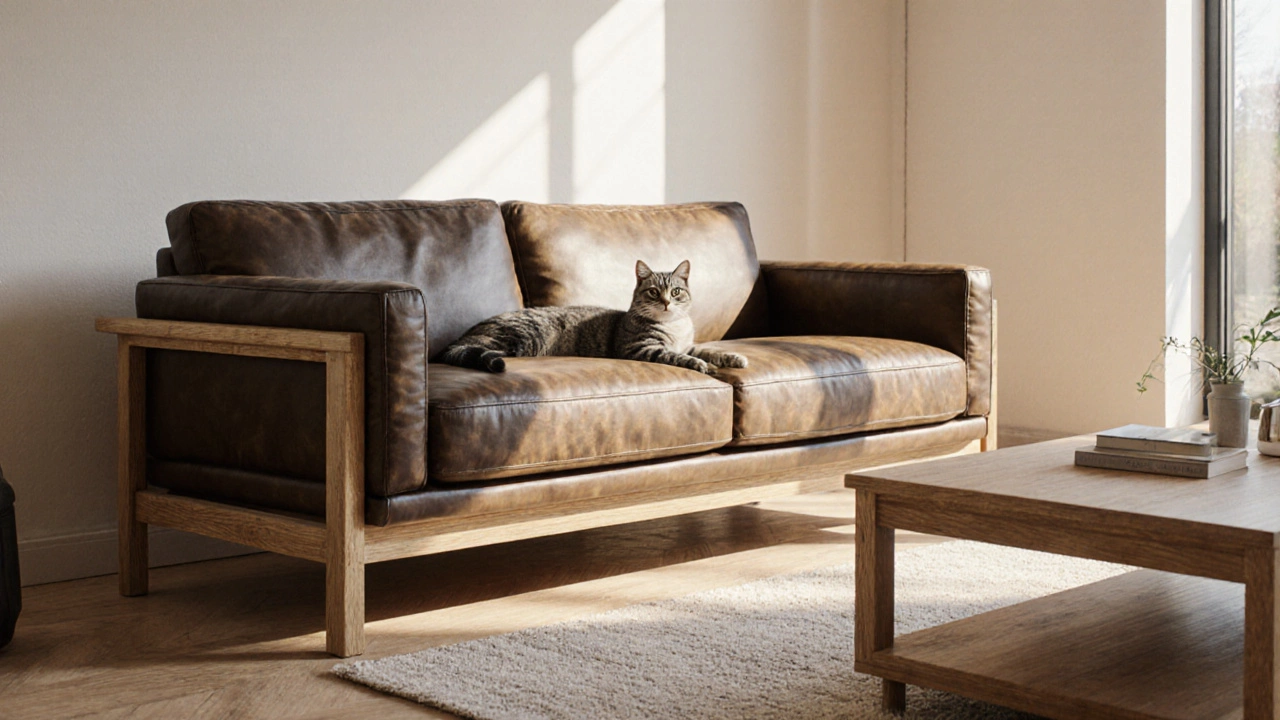Sofa Lifespan: How Long Will Your Couch Last?
When thinking about Sofa lifespan, the total time a sofa stays functional and looking good before it needs to be replaced. Also known as couch durability, it depends on the quality of its parts, construction methods, and how you treat it day‑to‑day. Couch cushions, the padded sections that give you comfort and support are a core piece of that puzzle, while Upholstery fabric, the outer covering that protects the cushion core determines how well the sofa fights stains, wear, and sunlight. Finally, Foam density, the compactness of the foam used in cushions tells you how quickly the seat will sag or keep its shape. In short, Sofa lifespan encompasses cushion quality, requires the right foam density, and is influenced by upholstery fabric.
Key Factors That Shape a Sofa's Life
First up, the cushion fill. High‑resilience (HR) foam with a density of 30 kg/m³ or more usually outlasts low‑grade foam by years, because it resists compression and rebounds quickly. If a sofa uses feather or polyester blend, expect a softer feel but a shorter life span – those materials flatten faster, especially under heavy use. Second, the fabric matters. Natural fibres like cotton feel great but can wear quickly if they’re thin; synthetic blends (polyester‑cotton or acrylic) often score higher on durability and stain resistance. Look for a double‑stitched seam; that detail alone can add years to the frame’s stability. Third, the frame. Kiln‑dried hardwood (beech, oak) is far sturdier than particle board. When the frame is solid, the cushions stay supported and the upholstery won’t stretch out of shape. Lastly, everyday habits play a huge role. Rotating cushions every three months spreads wear evenly, while using a fabric protector spray guards against spills and UV fading. All these pieces interact – a strong frame with weak foam still leads to sagging, and premium foam won’t help if the fabric tears constantly.
So, how can you stretch that sofa lifespan? Start with a gentle vacuum on the fabric weekly to pull out dust that can grind the fibres. Spot‑clean spills immediately with a mild detergent; the longer a stain sits, the more it weakens the weave. Add a slipcover if you have pets or kids – it’s a cheap shield that can be washed regularly. When you notice lumps or permanent dips, replace the cushion insert rather than the whole sofa; many retailers sell replacement cores at a fraction of the price. Keep the sofa away from direct sunlight to avoid fading, and avoid placing heavy objects on the arms or back. By treating each component – cushions, foam, fabric, frame – as a part of a system, you give your couch the best chance to stay comfortable and attractive for years. Below you’ll find a curated collection of articles that dive deeper into each of these topics, from choosing the right cushion material to protecting your upholstery, so you can make an informed decision about your next purchase or how to extend the life of the one you already own.
Which Sofa Material Lasts the Longest? 2025 Guide to Durable Sofas
Discover which sofa materials give you the longest lifespan. Learn about fabrics, frames, cushion cores, and maintenance tips for a durable, long‑lasting sofa.
